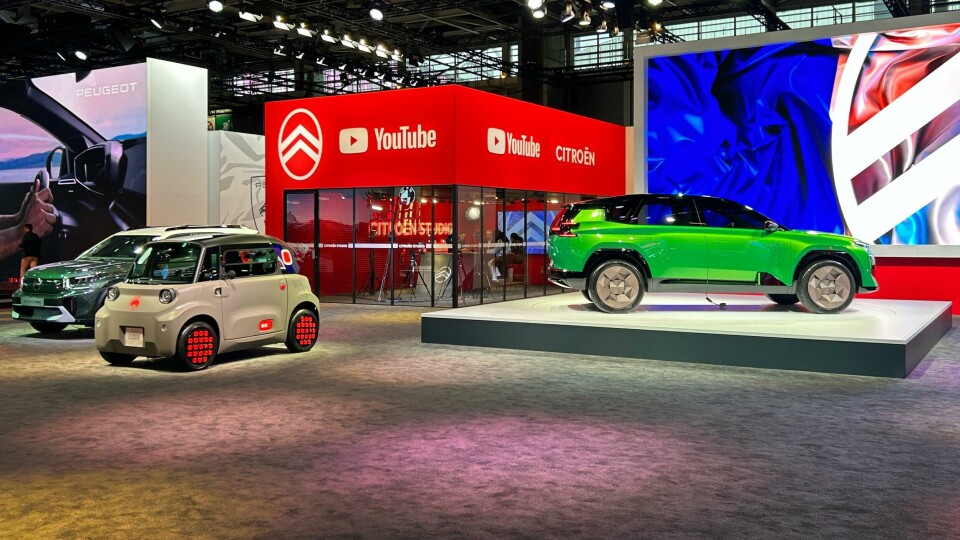
Pierre Leclercq: “If we don’t manage to do something different, the job doesn’t interest me”
Car Design News chatted with Citröen design director Pierre Leclercq at the Paris Motor Show to hear about Amis, designing for efficiency and why he will not design ”boring” tail lights
Citröen presented a strong line-up at the Paris Motor Show with revamped versions of the Ami and Ami Buggy, C4 and C4X. The centrepiece was the C5 Aircross concept, which is 95% ready, according to the OEM. Car Design News caught up with design boss Pierre Leclercq.
Car Design News: How much of the new line-up is influenced by the Oli.
Pierre Leclercq: With Oli we talked about the new identity: the logo, headlights, elements that are perfectly vertical – more like consumer consumer electronics, than automotive. That’s something that you see in the C3, and the C4 in a different way. As long as we have those three elements, we can play with proportions. Of course, we need a certain coherence between front and back.
The C5 Aircross is within the program we’ve done with Peugeot and Opel, in that it’s the most family-oriented while being more compact than the 5008. It is 4.65m and it has a silhouette that is pretty vertical in the back with a strong roofline.
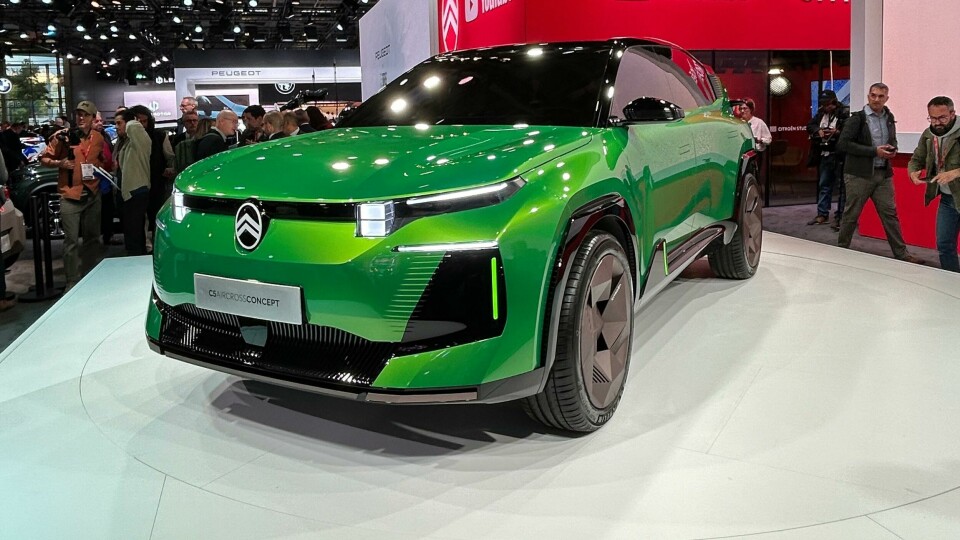
That is what you have on the C5 Aircross. The rest is a new interpretation of the identity that we developed for the other cars. So with what we call the ice cubes in the front and two little squares in the rear. This came from the Oli.
CDN: The tail lights are the standout feature of the design.
PL: We don’t want boring tail lights, when you put a cut line on the corner and then work inside it. We want this contrast of having really pure surfaces, really bold, but a car that is not overweight.
I’m a strong believer that the exterior should come after the interior
CDN: Will the winged lights make it to production?
PL: So you have one blade that really sticks out, which we’re going to put into production.
CDN: Aside from being a feature, how does it contribute to aerodynamics?
PL: The aerodynamic synthesis was conducted before with Peugeot, and they had some solutions: making the lower part of the car super wide, the upper car very narrow. Okay, that’s fine for them. But how do we [Citröen] do it? Those tail lights really help us to get the width a bit higher up the car onto the cabin and to have something spectacular.
CDN: We see a lot of homogeneity in car design, particularly when times are tough. Are these moves seen as risky?
PL: If we don’t manage to do something different, the job doesn’t interest me. Now, it shouldn’t be different just for being different. You have to make great cars because everybody’s doing really good cars today, but do something different. And fortunately, with a brand like Citroen, you can be a bit shocking, whether it’s positive or negative. Not everybody loved Ami when it came out – a bit like the 2CV.
To keep it simple and make it unique, that’s the difficult bit. Anything that is too much, usually we remove. We have a car that is quite simple in terms of design gestures. It has a silhouette that is working really well, and it’s quite recognisable. You have a strong front face, strong rear face. You have one movement that goes from the front to the back. You don’t need more – the rest is details.
CDN: We hear a lot about designing from the inside out – is that a method you ascribe to?
PL: I’m a strong believer that the exterior should come after the interior. Whether it’s an advanced design, concept car, or production car. You do the interior, then you do the exterior but very often it doesn’t come like that. Even in the process. You start with the exterior, and then you do the interior.
CDN: The C5 Aircross has no interior as yet?
PL: To be honest, we had an interior until a couple weeks ago. And then we thought, you know, the car is 95% what you’re gonna get on the road. Let’s keep it back for the launch, which is coming next year. We will have a real wow effect with the interior.
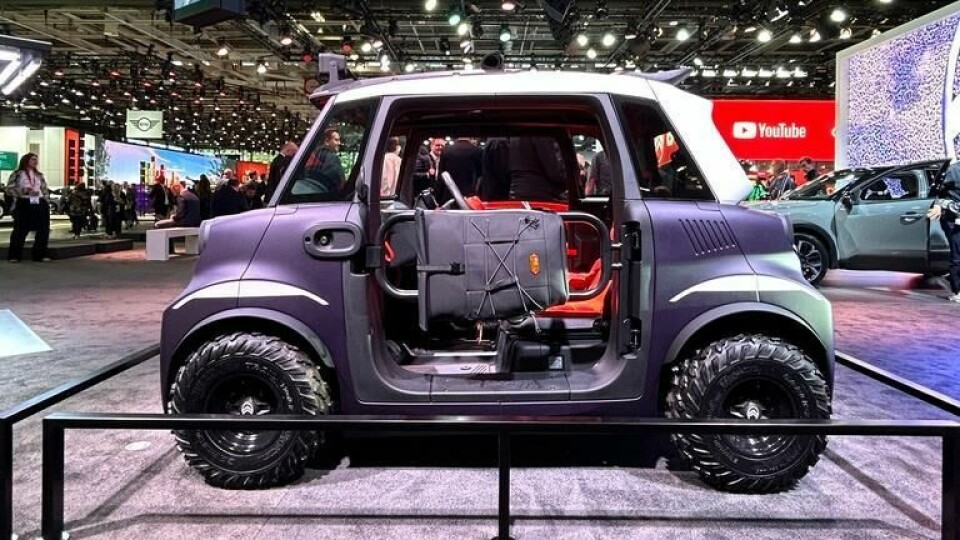
CDN: We also see an updated Ami and a stripped back buggy version.
PL: Ami is for such an important project. Of course, it’s not with Ami that we make all our money, though we do make money with it. But I’m so proud to work for a company that had the courage to put Ami on the road.
And on top of that, we sold 65,000 of them, and we took 50% of the market. Now, of course, the Fiat Topolino came out and Fiat made a different front and rear, so they changed the concept already.
They made a lot of goodies. It’s more expensive. When we reworked this one, we said, no, let’s not do this. And actually, Carlos Tavares this morning told me, Pierre, Ami is great, and we have to keep it at under 7000 euros.
You have to make sure that you fight for your car
So that’s exactly what we’ve done, because that’s the position of the brand now. It was a very complicated project. When you have one piece of plastic, you want it to look good without a lot of extra pieces, because it has to be affordable. And it has to work with the doors that we carry over from the previous model. I remember coming back from summer vacation and I saw the sketch from one of our head designers which was was super cool. It has a face and a strong character. The headlights we carried over but put them higher up with a black piece around it. Some nice details and that’s it.
CDN: It is a particularly French looking car.
PL: That is because it looks like a frog! [laughs]
CDN: [mangled French] Grenouille?
PL: You will not leave here before you can say grenouille properly!
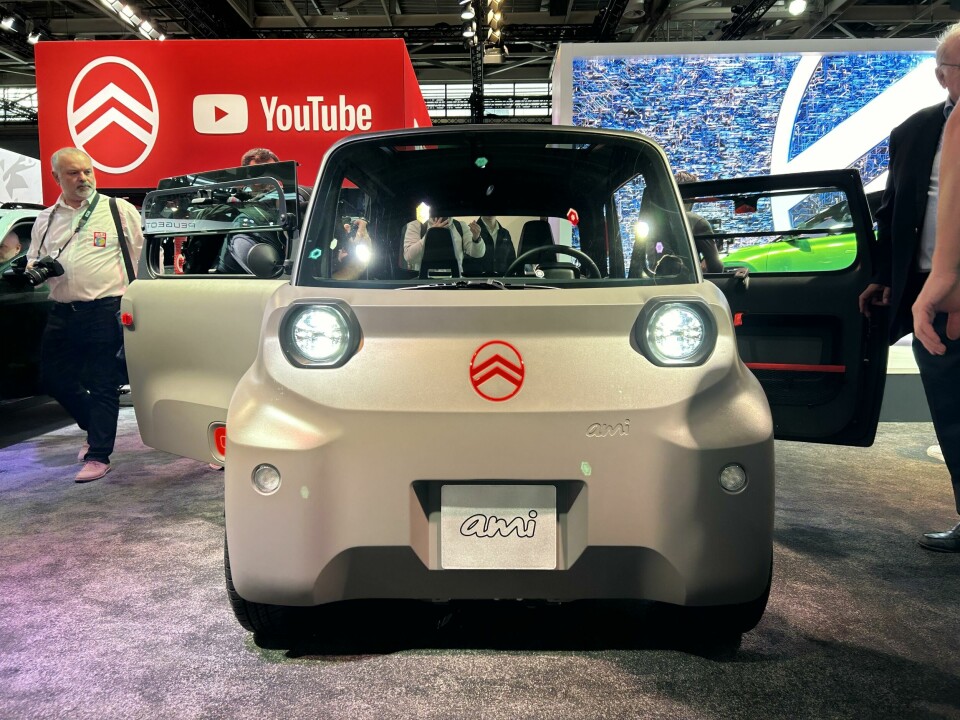
CDN: And the buggy is really stripping it back. What’s the thinking there? Because I don’t imagine people get to the beach in that thing.
PL: We sold 2000 buggies but we had to take 1000 cars out of the production line in a space next to the production line and remove the doors, this and that and make a buggy out of it.
In terms of cost and flexibility on the production, it’s not ideal. So this one now is produced on the line. So as soon as the facelift gets in production in a couple of weeks so will the buggy.
CDN: It begs the question, how close is design to the manufacturing team?
PL: Very close. Sometimes requests come in that you wouldn’t think about. You have to change the shape because you don’t want to screw like this, you want to screw like that. But actually once the car gets on the production line, you wouldn’t believe the things that can change.
Every time there’s someone from product going to the factory there needs to be the head of the project in design because they have to make decisions together. Shapes, lines, finishes, gaps, all these things. It’s really important.
And then what happens is that at the end there’s a crowd of people who sometimes try to make savings. They look at your car and why do you have two different colours? Let’s make just one. And you are like, “Hold on a minute. We went through so many meetings and months of work to make sure that will happen.” So you have to work with them.
CDN: Well, you have to defend your design.
PL: Sometimes they’re right, sometimes they’re not. But you have to make sure that you fight for your car.
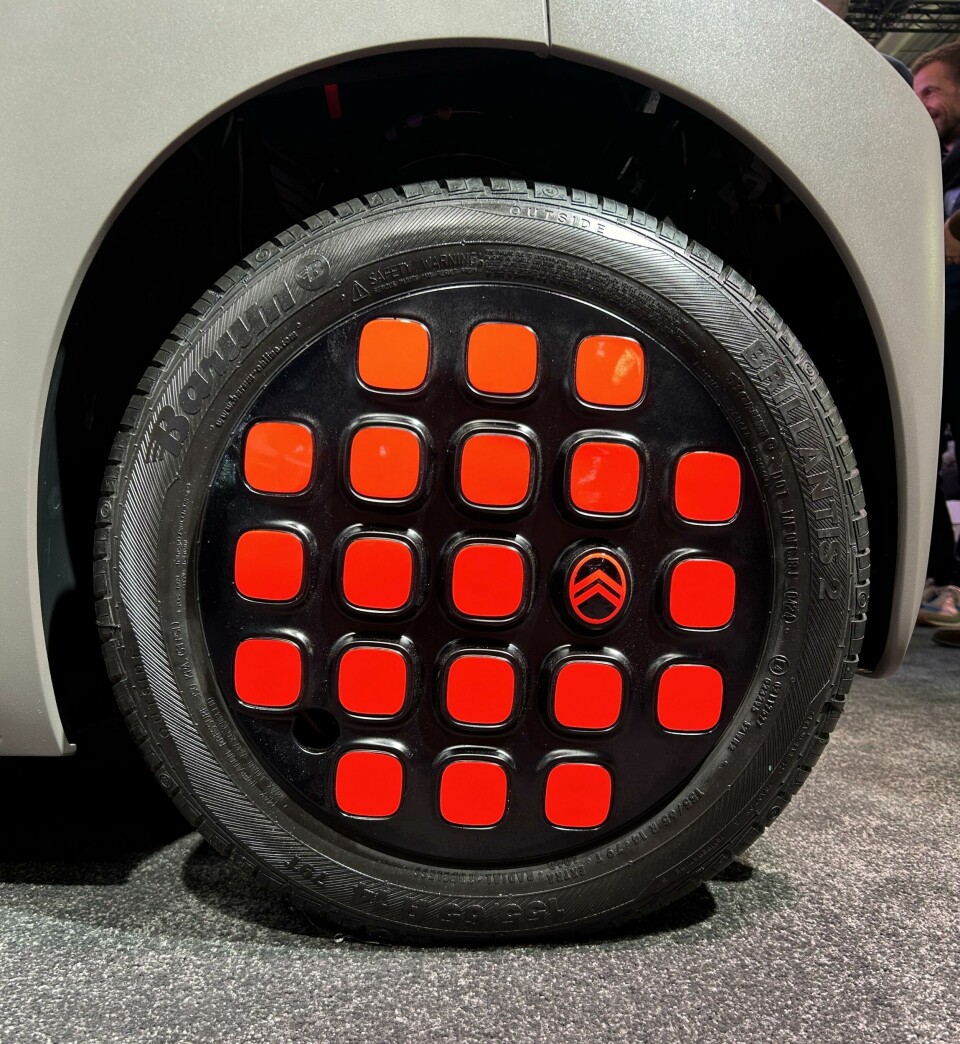
CDN: How much pressure is design under to save money?
PL: It’s very important for us to have a car that is at the right price on the road that makes the right profit. You take a C4, you know it, you have a Tesla Y in front of it. If it’s at the same price, it’s very complicated for us to sell our car. So it needs to be lower. And if it’s lower, then you might have to find some great ideas.
We’re all going through the same issues now. You’re going to do better with less. Now, I think that with what we’re going through right now, you understand how good projects like the C3 and the C3 Aircross are because we are at the right price with, I think, a car that is exciting, and we make profit from it. The team has been so resilient, and I congratulate them often. We have to be so proud of those two cars. They were difficult to make, but we made them at the right price. And it’s, you know, when you get a little C3 EV for 20,000 euros, I mean, you can always ask for less, but 20K. C’mon.
CDN: That price is not going to scare people off.
PL: When you sit in it, you see how much car you get for your money.






